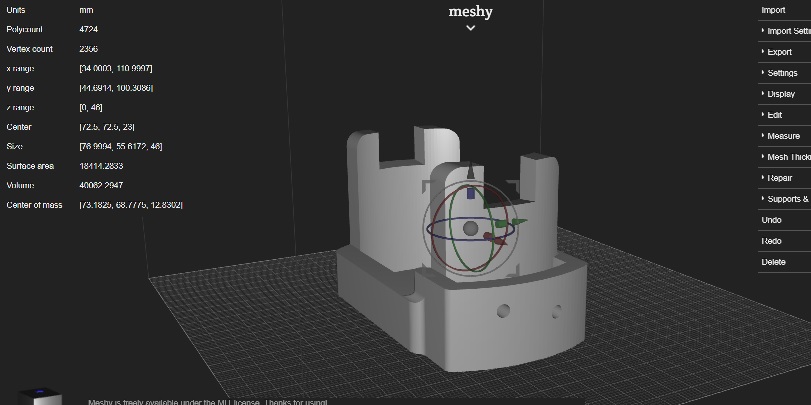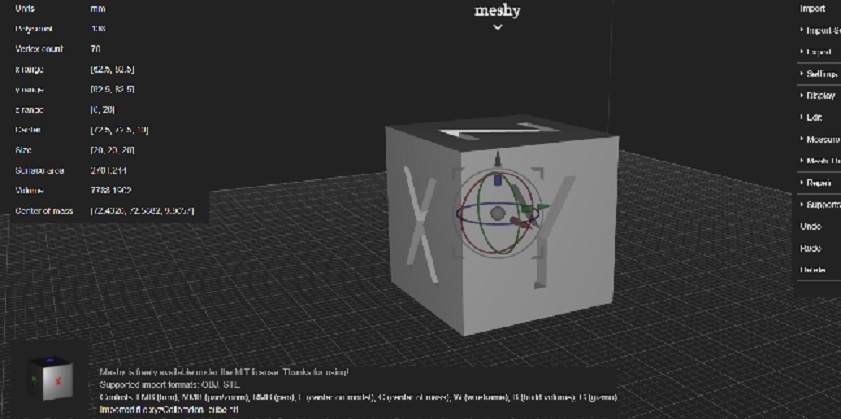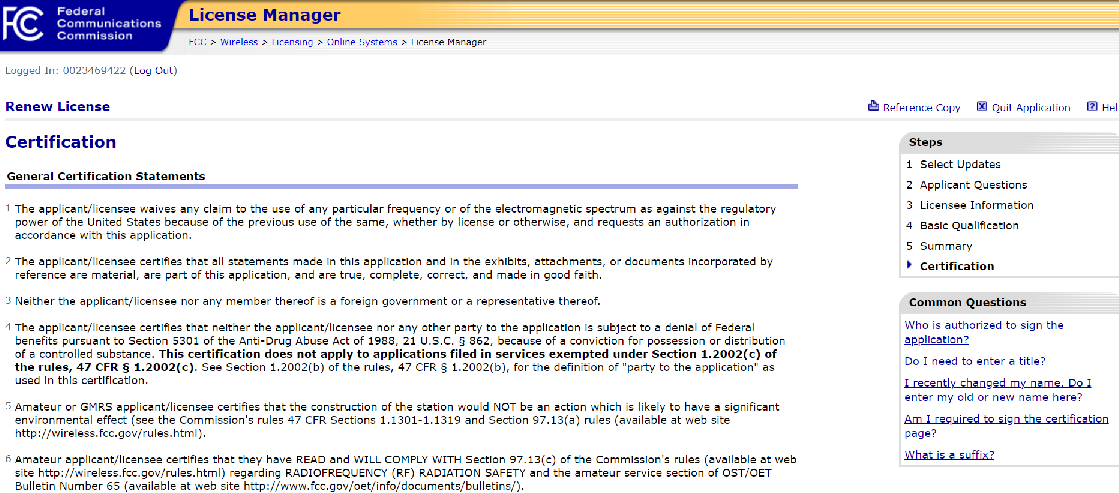Get Easy Measurements of Objects in STL or OBJ Files
I wrote in a previous post about my initial attempts at getting a Monoprice MP10 Mini 3D printer and how the Universe just doesn't seem to want me to have an MP10 Mini. I consider myself religious but I refer to it as "Universe" because I think God would have had locusts in the replacement 3D printer box rather than cockroaches.
I have to find the humor in these kinds of situations. My lapse into complete insanity may be inevitable but I would like to put it off for at least one or two more decades. Then I will go full James Bond villain mode and show the world how I really felt.
Since I've taken the hints and I am switching to getting a Monoprice MP Mini Delta instead it means having a smaller build volume. That doesn't bother me much since some projects can use smaller printed parts that snap together to form larger structures. This will just be my hobby 3D printer.
One of the first "must do" projects after getting a 3D printer will be printing a MakerScanner. The parts offered by the open source project are already designed to be put together. The question is: are any of the parts larger than the MP Mini Delta can handle?
I believe I already know the answer but I thought going over how I determined the measurements last time might be helpful to others on the Hive platform who are interested in this kind of thing.
The first step is to download the necessary files from Thingiverse for the MakerScanner.

Image Source: screen capture
The measuring tool I used is relatively easy but may not work in all circumstances. It's a browser-based tool called Meshy that should work on any computer with a GPU; in any browser that supports WebGL with Javascript enabled. You can read the tool creator's post about Meshy on the shapeways.com forum and the user guide for Meshy is on GitHub.
The link for Meshy is https://0x00019913.github.io/meshy/
With the on-line tool all I needed to do was import the STL files individually. A list of parameter on the left side of the screen gives various measurements of the object in the imported STL file. The unit is already set by default to millimeter.
It looks like the camera holder part is the biggest object that needs to be printed. Meshy gives measurements of the X, Y and Z as 76.9994mm x 55.6172mm x 46mm. The diameter of the circular MP Mini Delta plate is 110mm and the MP Mini Delta should be able to print as high as 120mm. I should expect based on the largest object's measurements that all the printable parts of the MakerScanner could be printed without any modifications being made to them.

Image Source: screen capture
There shouldn't be but if there is any doubt about the tool's accuracy a calibration model such as a 20mm calibration cube made by larryj can be downloaded from Thingiverse and imported into Meshy.

Image Source: screen capture
My situation is different. The MP10 Mini is a Cartesian 3D printer but the MP Mini Delta, as the name implies, is a delta 3D printer. The Amazon.com sellers may list the MP Mini Delta's 3D print build volume as 110mm x 110mm x 120mm but that is at least a little misleading since the print volume is cylindrical rather than cuboid. Monoprice.com specifications give the build volume as ø110mm x 120 mm. The "ø" is diameter of the circular build plate.
I'll need to use a benchmark model specifically designed to test delta 3D printers when I get my new 3D printer.

Image Source: screen capture



Comments